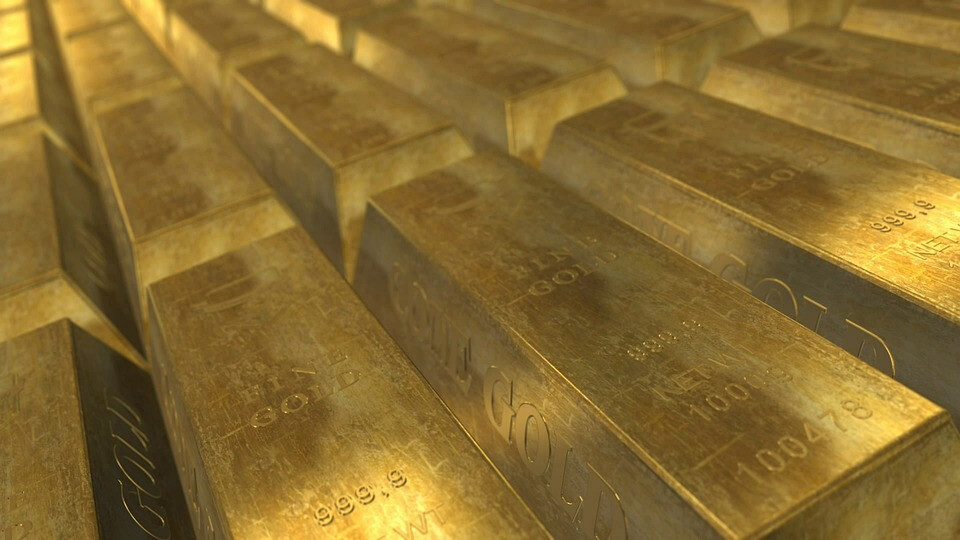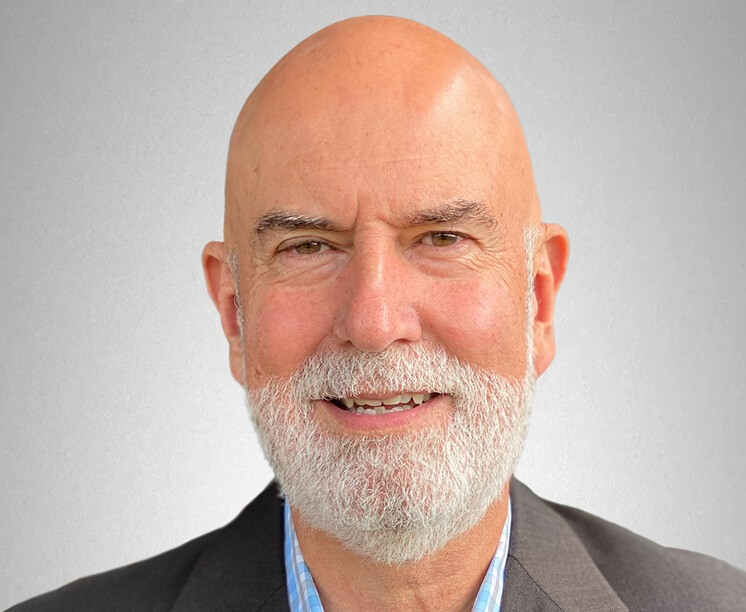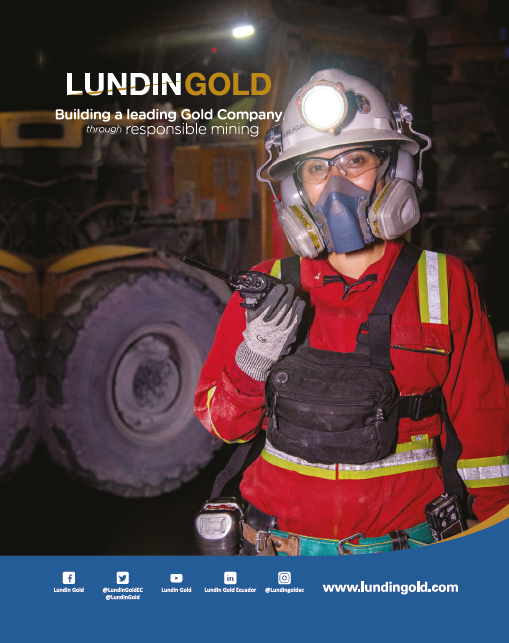Why Latin America remains El Dorado for gold investors
The yellow metal is under pressure from ESG investors, crypto currencies and rising interest rates but profitable projects will continue to reward investors…

It would be hard to imagine a better scenario for gold. First a global pandemic, followed by unparalleled money printing and then topped off with a war. Yet the gold price has been strangely stable hovering between $1,700 and $2,000 since the pandemic began. With interest rates rising as central banks around the world struggle to contain inflation, gold is unlikely to make a big rise anytime soon.
“People are asking why gold isn’t performing better in this inflationary environment”, says Michael W. Scherb, CEO and founder of Appian Capital Advisory, speaking in a May 2022 interview. “You can argue that investors are factoring in future fiscal policy and higher rates but, however you look at it, gold has underperformed. That wouldn’t prevent Appian from investing in gold as we are relatively commodity agnostic, as we rather focus on technical fundamentals of an asset rather than the beta case.”
“When you look at the fundamentals for gold, with all of the debt being created and increased government spending on defence, you would expect currencies to devalue against gold”, says Mike Hodgson, CEO of London-listed, Brazil-focused gold miner, Serabi Gold. “But I am happy with a price of $1,800 because that’s enough for us to be profitable.

“In my opinion, competition from crypto is one factor”, says Alex Black, CEO of Rio2 Toronto-listed junior that is developing a gold oxide heap leach mine in Chile. “Gold took off in 2010, reached around $1,950 and then fell back down to $1,250 for a few years. In the last three years it has settled around $1,850 – now that isn’t parabolic but it is a decent price. I like having a predictable gold price. Moreover, the general market is probably down 20% in 2022 while gold has stayed steady – so in my mind, it is working as a safe haven. We could still see a further sell off across the market, and if that happens gold equities like ours could get thrown out with the bathwater, however, once the sell-off has happened there will be a rush to hard assets and profitable gold mines like ours will do well.”
Profitable projects
When you zoom out and look at historical gold prices, anything above $1,700 is relatively high. Latin America is full of potential gold projects - Brazil has the world’s 6th-largest gold reserves, while Peru has the 8th largest - that can make healthy profits at today’s prices. However, many struggle to attract the financing to get off the ground. Diego Benavides, the CEO of Peru-based gold miner, Minera IRL, recounts how falling prices stymied the company’s plans expansion plans for the best part of a decade. “By 2014 we had developed a shovel-ready plan to build the first phase of Ollachea with a construction permit granted by the Ministry of Energy and Mines. The plan was for a processing plant that could handle 3,000 tonnes per day with a 91.1% recovery The trouble was that the gold price had fallen from a high of $1,947 in 2011 to around $1,250 in 2014. That bear market made it difficult for us to attract financing. To make matter worse there was an internal dispute among the directors of Minera IRL. It was sparked by the death of our founder, Courtney Chamberlain, a highly-respected miner. That resulted in an ugly corporate conflict for control of the company creating instability that involved us being delisted from the London Stock Exchange (AIM).”

Today, the financing environment for gold development projects is still challenging says Black. “From what I understand, institutional investors don’t want to fund explorers right now. We need to show them a bar of gold to get their interest. It doesn’t help that other gold developers tripped over recently. We have seen some high-profile gold projects in Canada that have let investors down
Rio2 has already secured financing for its $130million Fenix gold project. The key, says Black, is profitability. “Inflation, especially in diesel, means that our costs will be higher, but Fenix is not a marginal project so we can take a 15% increase and easily remain profitable. Our all-in sustaining cost was estimated as $1,000 back in 2019. Even if inflation has pushed that up to $1,200 today, we are still very profitable with gold at $1,850.”
Serabi Gold is also focused on profitability, which Hodgson hopes to improve by developing a new mine, Coringa. “We have large fixed costs, such as our mining camp, where the workers live, that didn’t fall when our production dropped in 2021. So, before the pandemic our Aisc was $1,100 per ounce, while now it is around $1,400. Fortunately, the gold price rose, which means we maintained our margin of around $200-$300 per ounce. Coringa ounces will bring down our Aisc because it means more ounces being produced with some G+A costs spread over all the ounces. When we reach ~70koz annual production we hope the Asic will be around $1,100 per ounce.”
ESG
The rise of ESG investing could also threaten gold. Unlike energy transition metal mines, which are part of the solution to global warming, gold projects have a harder job of justifying the pollution they create.
“We come out well on the environmental metrics because we are a small, high-quality mining operation”, says Hodgson. “We have a lower usage of electricity per ounce produced than a large-open pit mine. Moreover, that electricity is green because Brazil’s grid is mainly powered by hydroelectricity.”
“I think some of the ESG investment theme in the gold business is over-blown and exaggerated”, says Black. “Responsible gold miners have been doing ESG for a long time – way before it became fashionable.” Black also wonders how much impact ESG investment has on the sector. “The fact is, most retail mining investors don’t care about ESG, neither do the small funds – who I believe are focused on finding well run companies with profitable mines. The large institutional funds might have an ESG bent but they have never invested in Rio2, so their ESG focus doesn’t impact us at the moment.”
Appian has invested hundreds of millions of long-term private equity capital in Latin America and Scherb believe that profitable gold projects still have a future. “Investors love the energy transition, but we are here to make defensive, asymmetric investments where we won’t lose money and there is the potential for upside if the company finds resources or the beta / commodity price hits. So, we will invest in gold if it is low capital intensity with low-cost production and a high grade.”
It's also worth noting that gold is often found with energy transition commodities, such as copper or the platinum group of metals. “We focus on mines, where the precious metal is a by-product”, says Shaun Usmar, CEO of Triple Flag Precious Metals, a royalty and streaming provider. “These are huge, polymetallic ore bodies where the gold by-product is worth more to our investors than to theirs. It’s the ultimate arbitrage and symbiosis because we can deliver returns to our investors while providing these miners with the competitive, customised capital needed to help them build the next generation of energy transition metal mines.” That bodes well for Serabi Gold, which recently discovered a copper-gold porphyry in Brazil.
Some of the challenges gold now faces are actually bullish for the yellow metal’s long-term prospects. The fact that the supply of gold is restricted is its major advantage against the US dollar that it is priced in. Developing new projects won’t be easy, but the prize for the companies that do will be considerable.